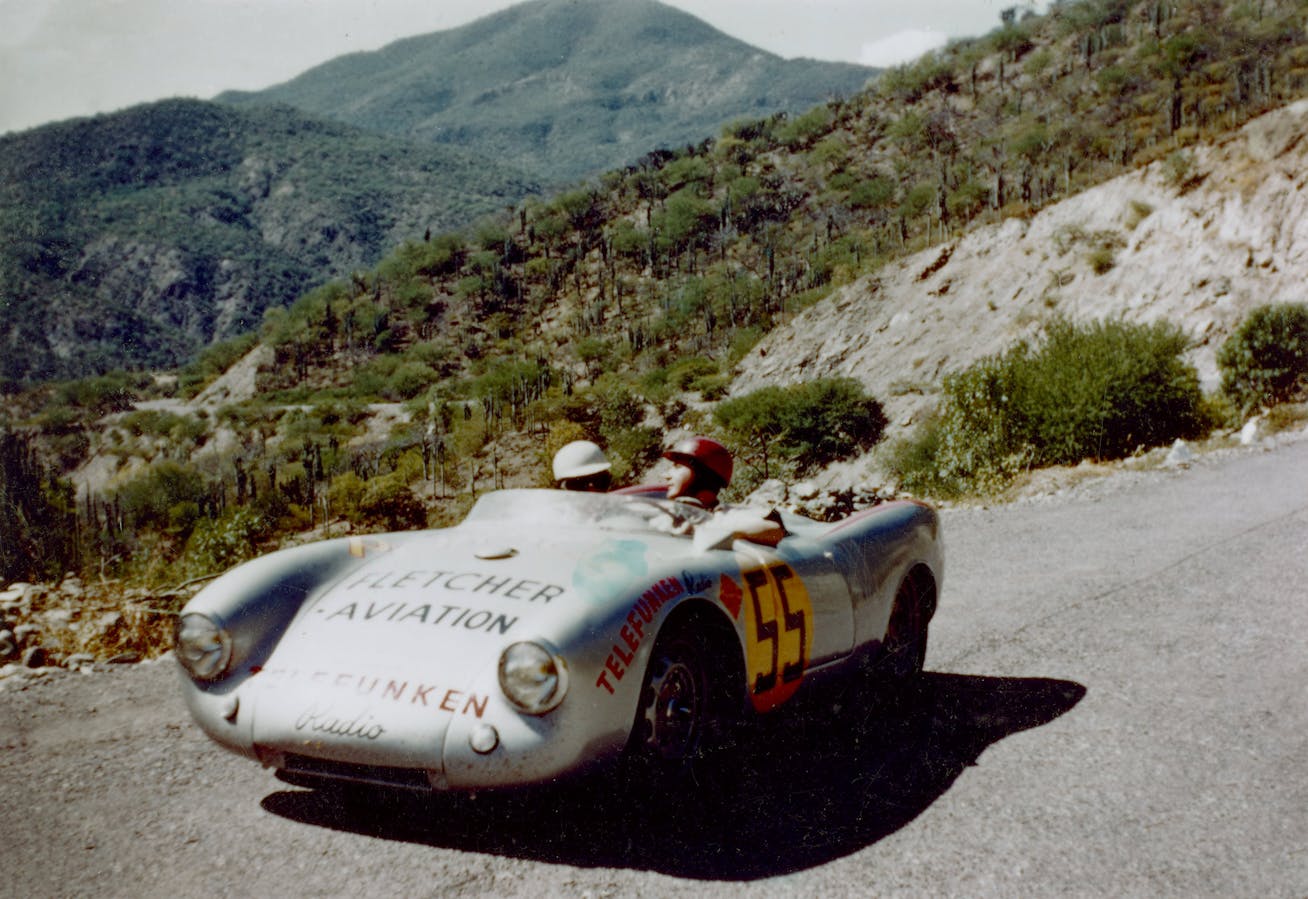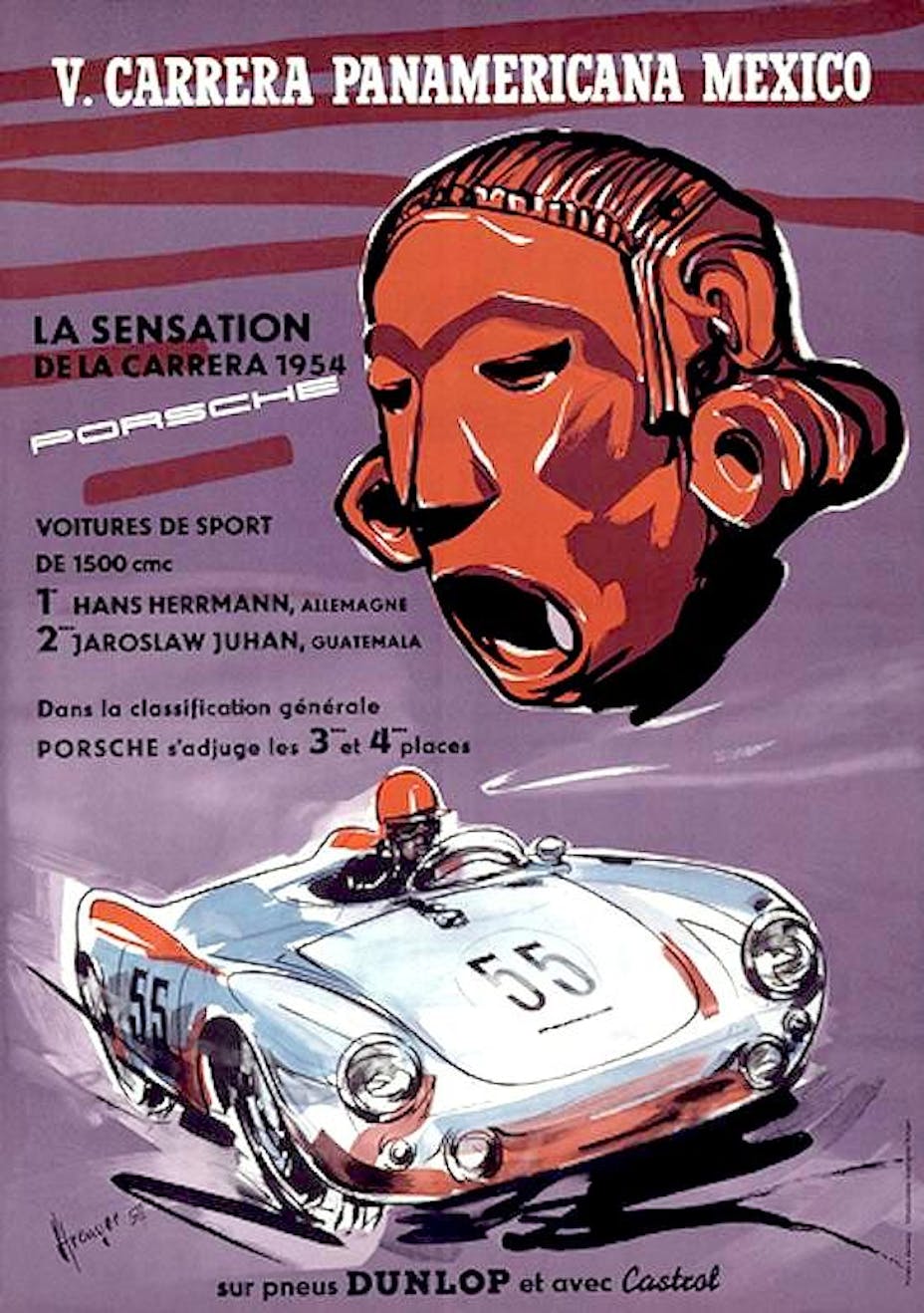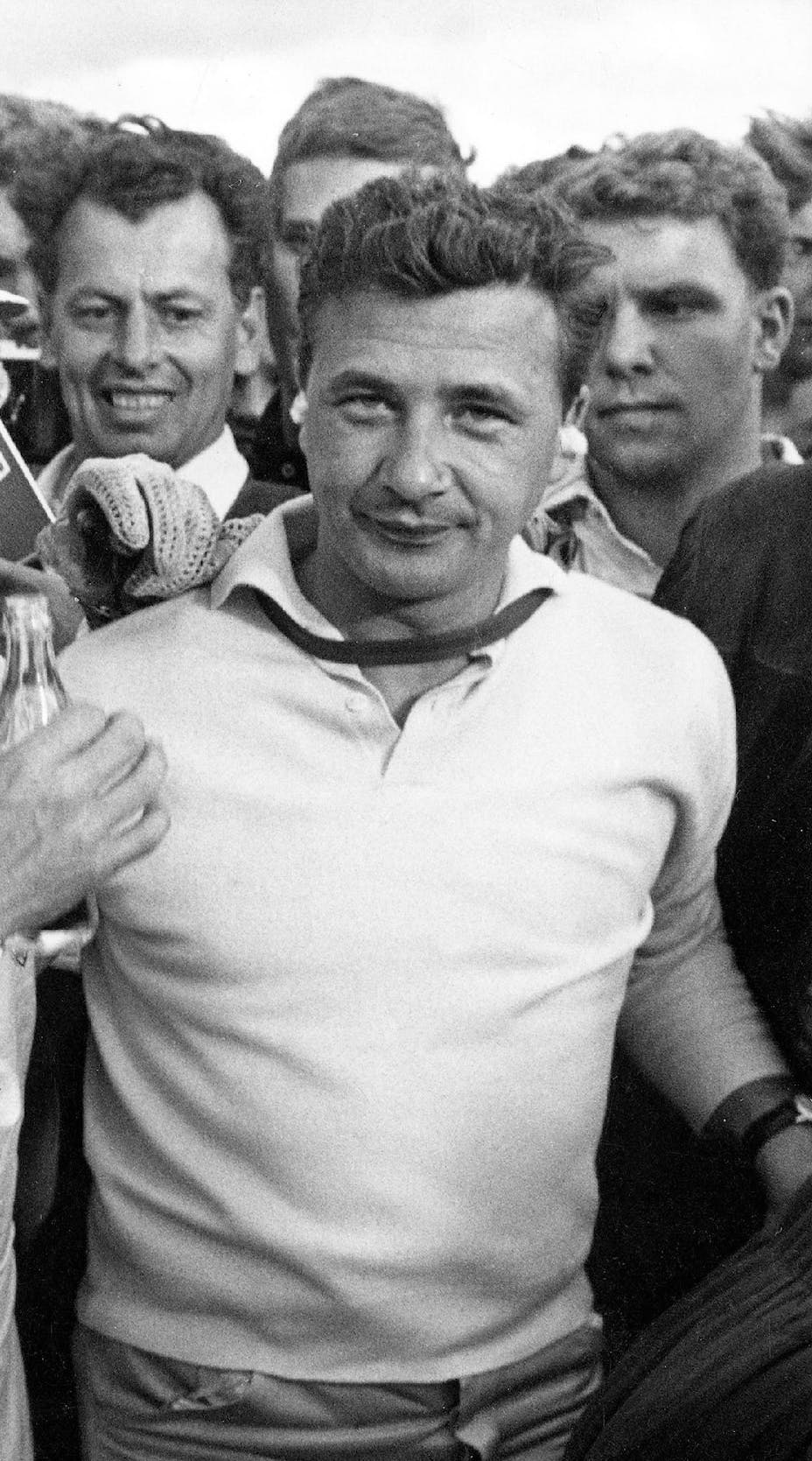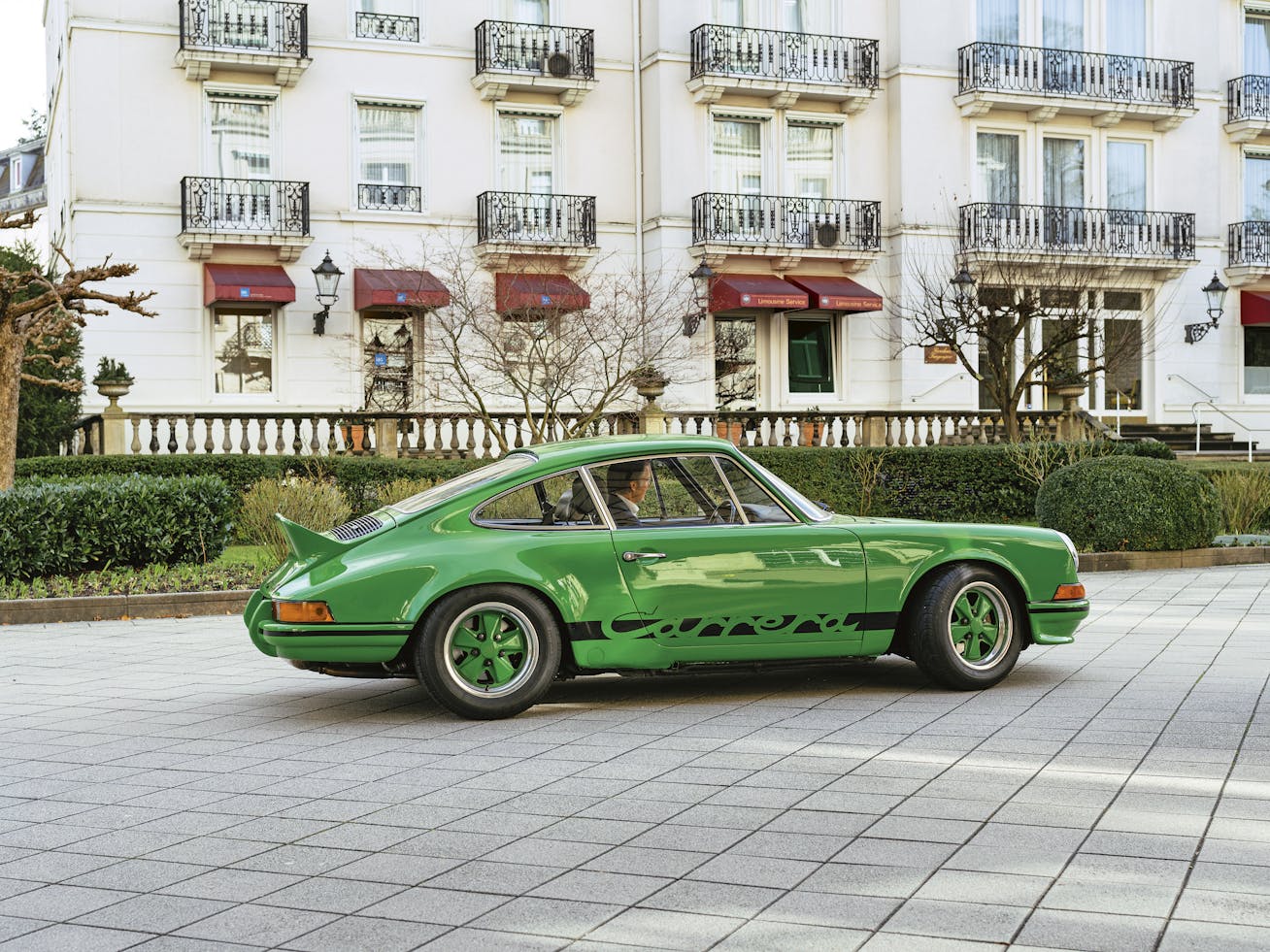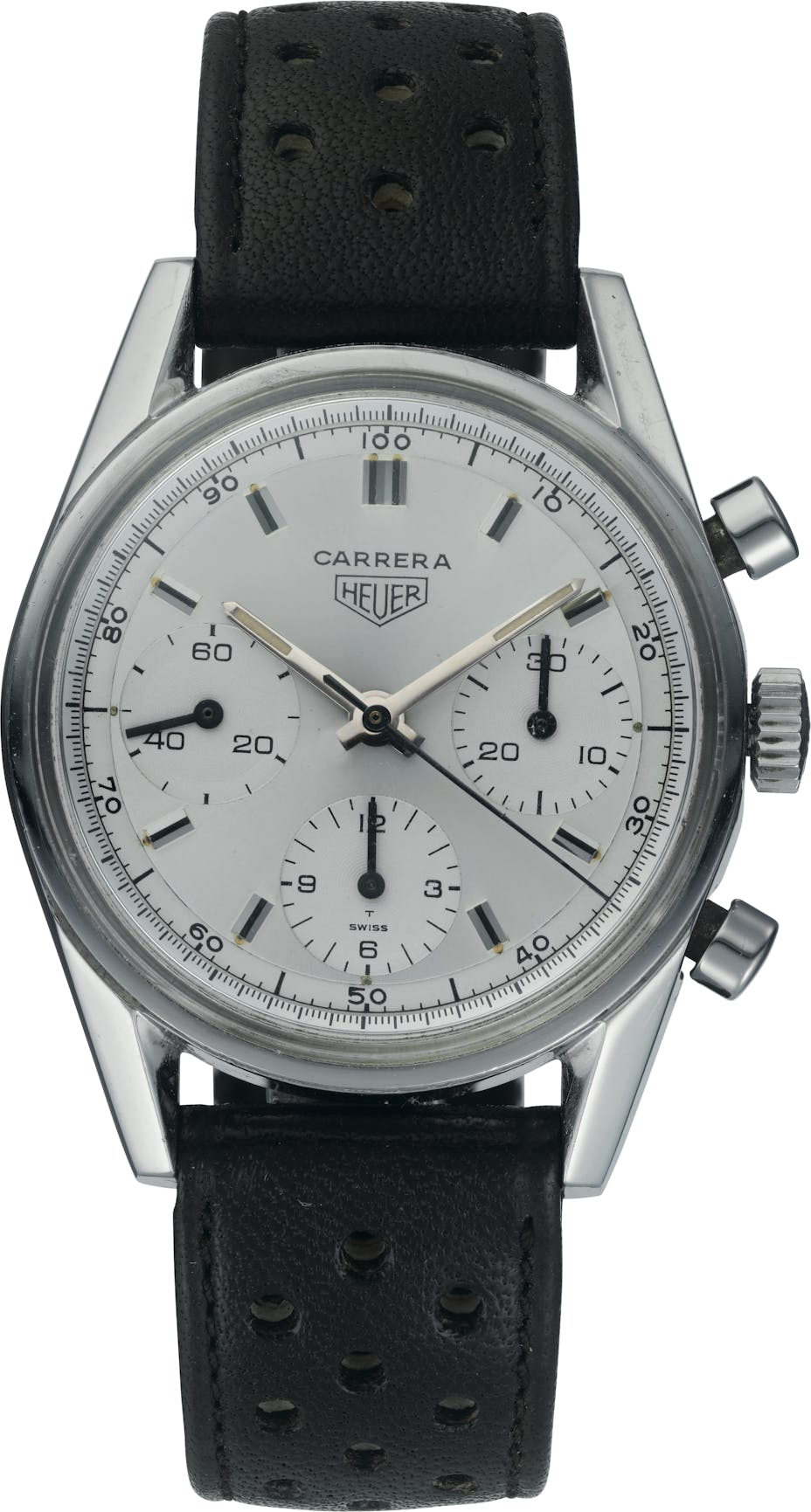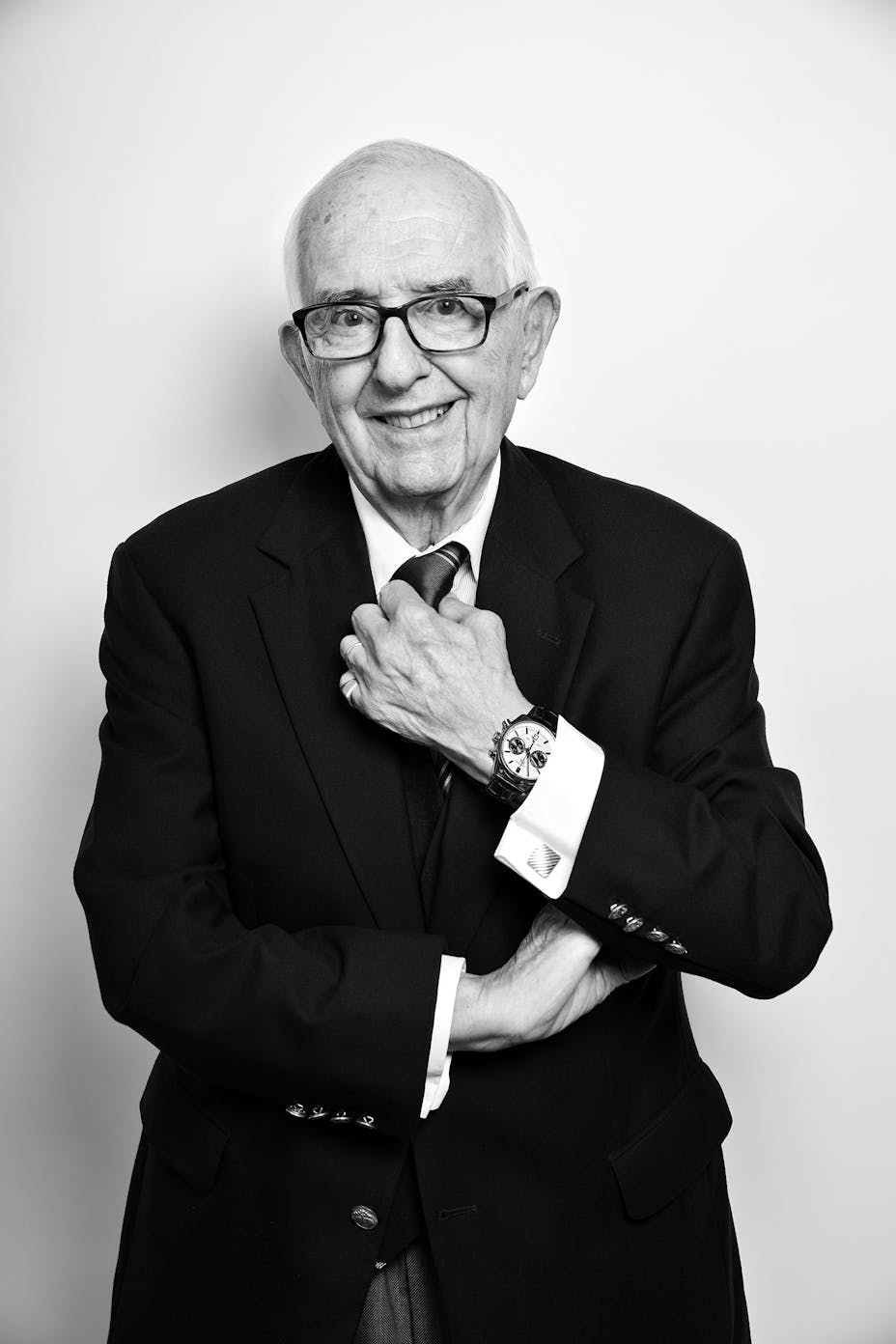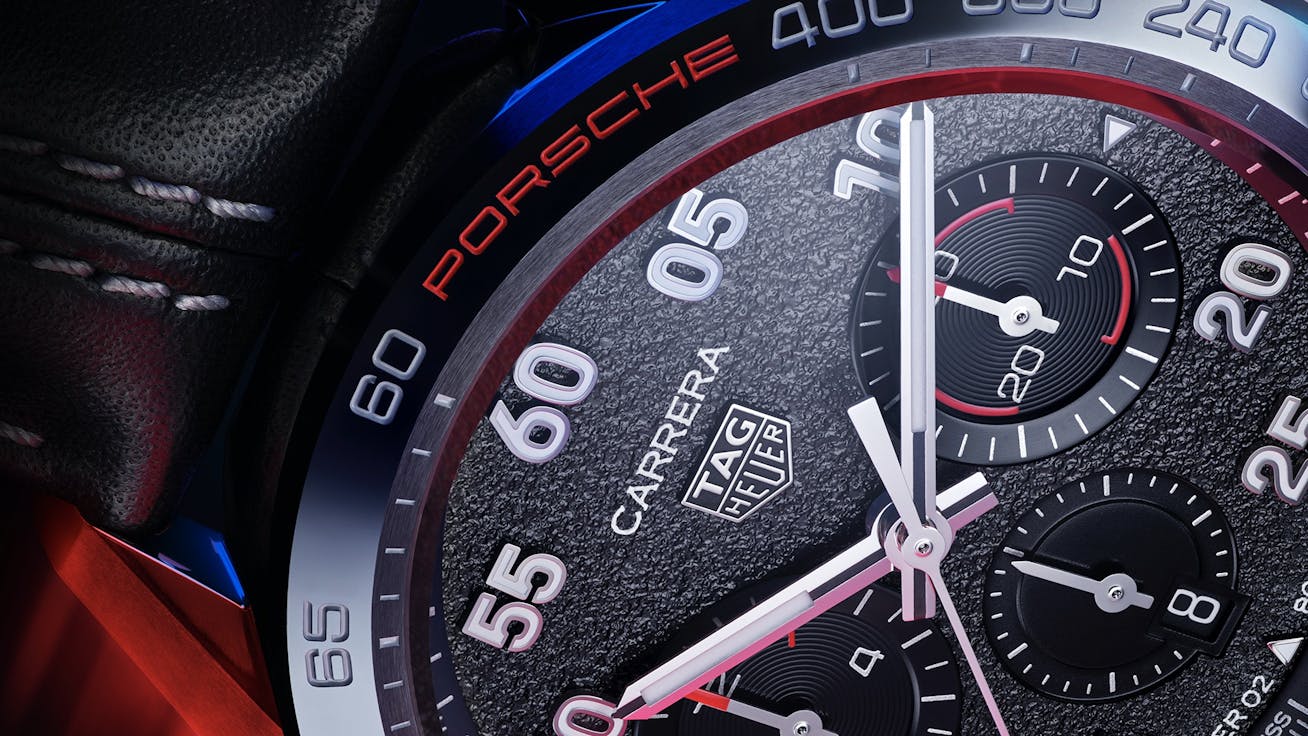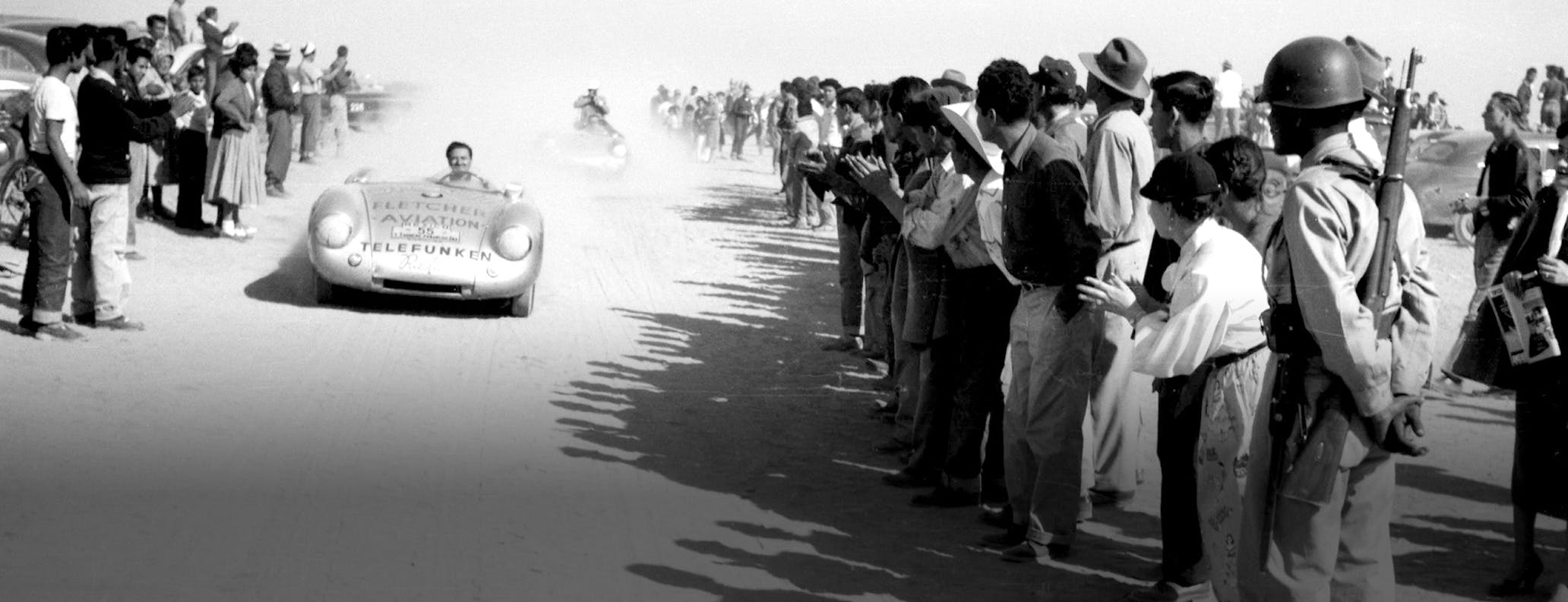Stories
Experience
Mobility
Design
Dreams
Innovation
Culture
How the Carrera Panamericana inspired Porsche and TAG Heuer
The legendary Carrera Panamericana race captivated two great companies
June 18, 2021 | 6
min read
The word 'carrera' has a long association with both Porsche and TAG Heuer. As these luxury brands launch a new watch together, we delve into the history of the notorious Mexican road race that inspired the name
The Carrera Panamericana was many things. A celebration. A unique challenge. A racing experience in its purest of forms. And, undoubtedly, a tale of tragedy too. But the name of this legendary, and notorious, 1950s race inspired not one but two gamechangers. One from the world of automotive, the other watches. Hans Hermann (right) and mechanic Herbert Linge take a break at the 1954 Carrera Panamericana For almost 60 years, Porsche and TAG Heuer have shared the use of the word 'carrera' – Spanish for ‘race’ or ‘career’ – independently of each other. Their paths have crossed during this period, but as these luxury brands announce a new collaborative partnership, it’s inevitable that thoughts turn to the extraordinary tales from these annual races that ran the length of Mexico in the early 1950s. A race that excited and inspired both companies to adopt the Carrera name. The Carrera Panamericana was a race fraught with danger The idea of cars being raced at breakneck speed on public roads lined by onlookers is difficult to grasp today. But to motorsport fans at the time, famed stage races such as Italy’s Mille Miglia were the pinnacle of the racing experience. So, in 1950, when authorities in Mexico were looking to celebrate the completion of their section of the north-south Pan-American Highway, they dreamt up an idea to create their own version. The result was a nine-stage, five-day, 3,300km (2,100-mile) race – the Carrera Panamericana. That first race was limited to five-seat sedans, but even then, the event’s inherent dangers became only too clear with three competitors and a fan dying during it. The combination of fast, open roads and tight, mountainous sections held in a combination of suffocating tropical heat, high altitudes and bitter cold helped the Carrera Panamericana earn a formidable reputation during its short lifespan. ‘The sensation’: poster celebrating Porsche success at the 1954 Carrera Panamericana | © TAG Heuer
The first class win for a Porsche came in 1953, when the Guatemalan driver Jose Herrate took the Small Sports Car category in his 550 Spyder. But 1953 would also be the Carrera Panamericana’s deadliest year. As well as Italian pilot Felice Bonetto in a Lancia, eight spectators perished, including six who were hit by a car as they investigated the aftermath of another vehicle which had tumbled down an embankment. Defining moments: the Carrera and Porsche heritage The following year would prove be even more successful for Porsche, as Germany’s Hans Herrmann and another Guatemalan, Jaroslav Juhan, finished first and second respectively in the under 1500cc sports car class and third and fourth overall. Herrmann covered the 3,070km (1,908 miles) at a scarcely believable average speed of 157.12km/h (97.63mph) – a remarkable achievement for 1954. But it would be a racing experience that neither Herrmann, Porsche, or anyone else for that matter, would ever better. 1954 turned out to be the final year of the original race (although a less daunting version has been run annually since the Carrera Panamericana was revived in 1988). It was sunk by the huge expenses needed to run it and increasing safety concerns in a year that saw 87 people perish in a horrifying incident at the Le Mans 24 Hours. Hans Herrmann secured the best ever result for Porsche in the Carrera Panamericana – 3rd overall in 1954 “Glück hat, wer als Rennfahrer überlebt” – “Luck, for a racing driver, is to survive” – is how Herrmann described his feelings later. The successes of Herrmann and his fellow drivers over the race’s five-year lifespan would cement the Carrera Panamericana’s legendary status within Porsche. A status that would be marked, a year after the last race was held, by the adoption of the Carrera name for a new four-cylinder engine used in the 356. Since then, it has become synonymous with the 911, starting with the famed 911 Carrera RS 2.7, unveiled at the Paris Salon in October 1972. Today, Porsche uses the Carrera name for its base 911 models.The legendary Porsche 911 Carrera RS 2.7 was the first 911 to take the Carrera name in 1973 Luck, for a racing driver, is to survive Hans Herrmann | Motorsport legend and Carrera Panamericana driver for Porsche in 1953 and 1954 It’s all about great timing While the story behind TAG Heuer’s use of Carrera for its most famous timepiece may not have the same visceral edge as that of Porsche, its provenance similarly owes everything to the exotic and compelling nature of the race. In 1962, Jack Heuer – then head of the company founded by his great-grandfather a century earlier in St-Imier, Switzerland – was in Florida for the 12 Hours Race of Sebring. Heuer, a keen driver and fan of the racing experience himself, got talking to the parents of Pedro and Ricardo Rodriguez, a pair of motor racing brothers from Mexico who competed in Formula One. First of its kind: the Heuer Carrera ref. 2447, aka the ‘Carrera-12’, from 1963 | © TAG Heuer It was they who fired Heuer’s imagination about the fabled Carrera Panamericana. When Heuer returned home to Europe he immediately registered rights to use the name for a watch, with an intention to create one that professional drivers and enthusiasts would be proud to wear. The following year, 1963, the first Heuer Carrera watch (the company became TAG Heuer in 1985) arrived in the form of the Heuer Carrera ref. 2447 – also known as the ‘Carrera-12’. “I loved not only its ‘sexy’ sound,” said Jack of the Carrera name in his 2013 autobiography, “but also its multiple meanings – which include road, race, course and career. All very much Heuer territory.” Nearly six decades later, the Carrera remains a signature line of watches for the company, with its watches seen on the wrists of such illustrious motorsport names as Bruce McLaren, Ayrton Senna and Niki Lauda. For Formula 1, in particular, the names Heuer and Carrera have become synonymous with the racing experience. Jack Heuer sporting a special TAG Heuer Carrera watch made to celebrate his 88th birthday in 2020 | © TAG Heuer Porsche and TAG Heuer: a shared racing experience Besides their shared use of the Carrera name, the two companies have been linked on plenty more occasions. Like when Heuer sponsored Swiss racing driver and Porsche car dealer Jo Siffert. Siffert also bought watches wholesale from Heuer, selling them to many of his racing colleagues in the late 1960s. Soon it felt like every driver in the paddock was sporting one. When racing fanatic and Hollywood star, Steve McQueen, filmed the motorsport movie Le Mans in 1970 – in which he drove a Porsche 917 – he was so taken by the Siffert’s racesuit that he demanded the Heuer logo be added to his. The following decade, the TAG Group – TAG Heuer’s parent company – and Porsche developed an engine that earned McLaren three consecutive Formula One driver world titles with Niki Lauda and Alain Prost during the mid-1980s, followed up by further success together in Porsche series racing and the World Endurance Championship. Fast forward to today and the companies are enthusiastic partners in the TAG Heuer Porsche Formula E Team. Ferry Porsche (left), then chairman of Porsche AG, with driver Jo Siffert at Le Mans in 1970 | © TAG Heuer
And now we find the Carrera name at the centre of the first example of Porsche and TAG Heuer’s new strategic partnership – a creative product collaboration in the form of the TAG Heuer Carrera Porsche Chronograph. Recognisable hints of their shared heritage are revealed in the timepiece, like the racetrack-style asphalt colour of the dial and the same font used in the drivers’ display of Porsche sportscars for the numerals. They act as subtle reminders of the Porsche racing experience. The Carrera Panamericana may have been short-lived in racing terms, but its legacy continues to resonate today for these two gamechanging companies. Stronger together: detail of the new TAG Heuer Carrera Porsche Chronograph
Inspired by history: the 911 Carrera
Build your 911 Carrera
Continue reading
Top Porsche social media moments 2025: the community posts that defined the year
How the best photographers, videographers and digital artists represented their passion for Porsche in 2025 on social media
Read more
The best Christmas gifts for Porsche fans in 2025
The holidays are almost here, and if you’re shopping for someone who loves Porsche, this list makes things easy. From limited-edition watches to winter-ready gear, here are the gifts that will light up any Porsche fan’s Christmas morning
Read more
Icons of Porsche 2025 in Dubai: a weekend of unique cars, art and community
Over 30,000 sports car enthusiasts flocked to the Dubai Design District in November 2025 to celebrate Porsche culture, cars and art at a Porsche community event like no other
Read more
